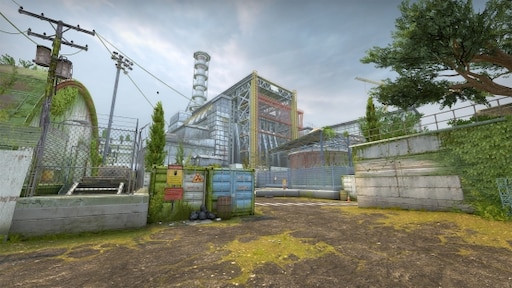Hookup Doc: Your Go-To Guide for All Things Dating
Explore the latest trends, tips, and advice in the world of dating and relationships.
Cache Secrets Revealed: Outsmart Your Opponents in CS2
Unlock the hidden strategies of CS2! Discover cache secrets to outsmart your opponents and level up your gameplay today!
Top 5 Cache Strategies to Dominate Your Opponents in CS2
In the highly competitive arena of CS2, mastering cache strategies can make all the difference in your gameplay. To help you come out on top, we've compiled the top 5 cache strategies that can help you dominate your opponents. These techniques focus on map control, strategic positioning, and efficient communication with your team. By implementing these strategies, you can gain a significant edge, allowing your team to secure victories with ease.
- Understand Map Layout: Familiarize yourself with all the nooks and crannies of the cache map to anticipate enemy movements.
- Control Mid Area: Achieving control of the mid area can provide crucial sightlines and opportunities for picking off opponents.
- Utilize Utility Wisely: Proper use of grenades and smoke can secure strategic areas and soften up enemy positions.
- Strategic Rotations: Always be ready to rotate quickly based on the enemy's movements—adaptability is key.
- Communication is Critical: Clear and concise communication about enemy positions and tactics ensures that your team stays coordinated.

Counter-Strike is a popular tactical first-person shooter game series that has captivated gamers around the world. Players engage in intense matches that require teamwork, strategy, and skill. One notable feature that adds depth to gameplay is the dreams and nightmares case, which offers unique skins and items that players can collect and trade. The game's competitive scene has also fostered a robust esports community, making it a staple in gaming tournaments.
Understanding Cache: Key Locations and Their Impact on Gameplay
Cache is a crucial concept in modern gaming, affecting both performance and gameplay. In game design, cache refers to the temporary storage of data that allows for faster retrieval and processing. Understanding the key locations of cache within a game can greatly enhance a player's experience. For instance, different types of cache—such as CPU cache, GPU cache, and memory cache—play unique roles in how quickly graphics render and how fluid gameplay feels. By optimizing these locations, developers can reduce lag and improve frame rates, creating a more immersive environment for players.
The impact of cache on gameplay is significant. When data is readily accessible through efficient cache management, players benefit from reduced loading times and smoother interactions within the game world. In multiplayer settings, cache can influence not only individual player experience but also server responsiveness, affecting overall match performance. Players often overlook these technical aspects, but understanding how cache operates can provide insights into optimizing settings and achieving better performance in competitive scenarios.
How to Effectively Use Utility on Cache for Maximum Advantage
Understanding how to effectively use utility on cache is essential for improving application performance and user experience. By leveraging caching mechanisms, you can significantly reduce load times and server strain. Start by identifying frequently accessed data that can reside in the cache, such as database queries, API responses, or static files. Implement a systematic approach to invalidate or refresh cached items to ensure that your users receive the most current information without unnecessary delays.
To maximize the advantage of your utility on cache, consider employing the following strategies:
- Cache Duration: Set appropriate expiration times based on data volatility, which will help balance speed and data accuracy.
- Cache Hierarchies: Utilize multiple caching levels (e.g., in-memory caching for high-frequency data and disk caching for less accessed information) to optimize resource use.
- Monitoring Tools: Use caching analytics tools to monitor hit ratios and adjust your strategies accordingly.